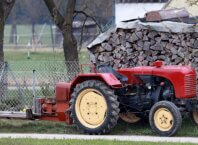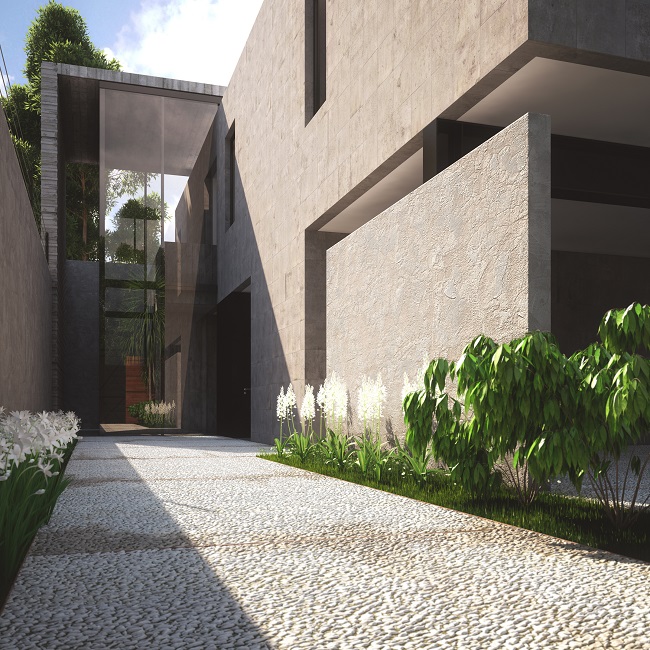How often do we look at a concrete structure and contemplate on the environmental cost of its existence? Do we ever think about the carbon footprint it took to construct our homes, or the environmental consequences of the landscaping that beautifies our backyards? These lines of inquiry might seem like they’re emerging straight from a late-night thought session, but they’re significant considerations in today’s conscientious design world. What if we could find a better balance between our built environments and the natural one? This blog post explores the intersection of home improvement, sustainability, and the environmental impact of using concrete.
What if we told you that concreting can be done in a way that minimises harm to our planet? That there’s a way to be both a consumer and a protector of the environment? By investigating the environmental consequences of concreting and the alternative strategies, we can make informed decisions to create less harmful environments. So come, let’s embark on this enlightening journey together.
This post will delve into understanding the concrete industry’s effect on our environment, how sustainable practices can mitigate these impacts, and evaluating the benefits and setbacks of sustainable concreting. With this comprehensive insight, you’ll be armed with the knowledge to make the right decision for your next home improvement project.
The Concrete Picture

Concrete is omnipresent in our human-made surroundings. But consider the consequences; the production of cement, a key concrete component, alone accounts for approximately 8% of global CO2 emissions. We need a clarified understanding of this impactful material to adequately address the associated issues.
Crafting a sustainable future involves reimagining concrete production and use. A promising step in this direction is the advent of Green or sustainable concrete; a resource-efficient option that optimises the concrete lifecycle and reduces the overall environmental impact.
Benefits And Shortcomings
Sustainable concreting, while offering immense potential, is not without its challenges. Its benefits include reduced CO2 emissions, conservation of natural resources, and diminished waste generation. Nevertheless, it faces limitations like performance issues and higher initial costs compared to traditional options.
Alternative Materials
In our quest for sustainability, might we look beyond concrete? Lower impact materials like reclaimed wood, recycled metal, or sustainable bricks could provide unique solutions. These alternative materials, when used right, could help redefine the landscape of construction and design.
Case Studies
A discussion on sustainable concreting would be incomplete without showcasing some real-world implementation. Exemplary projects worldwide demonstrate how such practices can create visually stunning, functional, and environmentally friendly spaces. From residential homes to commercial establishments, these examples are proving that sustainability and concreting can indeed coexist.
The Way Forward

The move towards sustainable construction does not mean a complete rejection of concrete but rather a more mindful use of it. Exploring innovative practices, encouraging green alternatives, and understanding the lifecycle of materials are essential steps to progress.
Conclusion
In conclusion, sustainable concreting represents a significant stride towards eco-conscious design and construction. Recognising the environmental impact of concreting and exploring sustainable alternatives allow us to embody a more harmonious existence with nature, even within our constructed environments. The journey towards sustainability is undoubtedly complex, fraught with challenges and decisions at every turn. But the prize? A chance to secure our planet’s future, one concrete step at a time.
In this era of heightened environmental consciousness, every action counts, every decision matters. And each one of us can play a role in shaping a greener, healthier world – starting right at home, with the choices we make in our home improvement projects.







